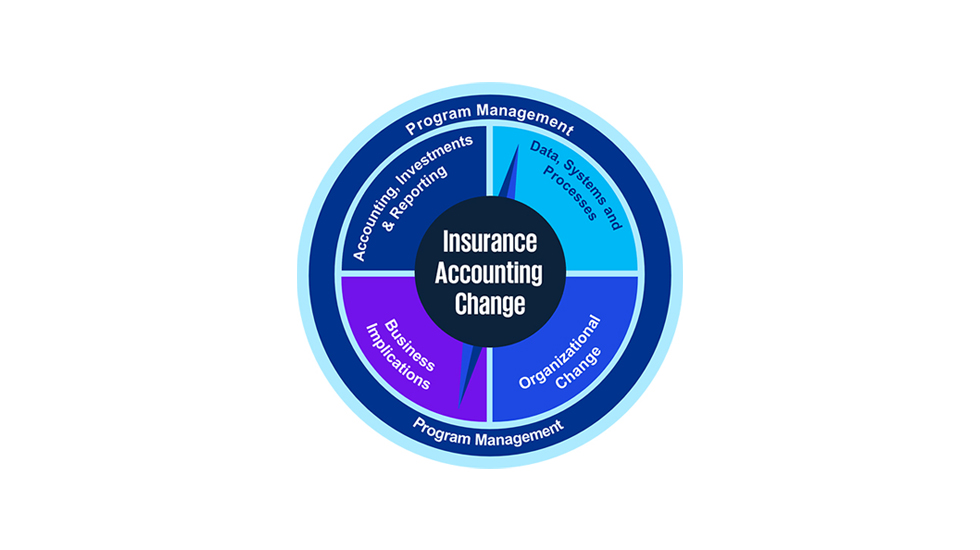Accounting, investments & reporting
- The NAIC’s updates from the Bond Project have resulted in substantial changes to the accounting for investments and redefined the definition of a bond using a principles-based approach.
- Making the “right” choice means clearly defining the approach, outlining key accounting policy decisions, and revisiting these choices throughout the project.
- The standard requires a more granular assessment of securities considering their substance rather than their form.
- Ensure the evaluation is done at the appropriate time whether it be at origination of the investment or the date the investment is acquired by the Company.










